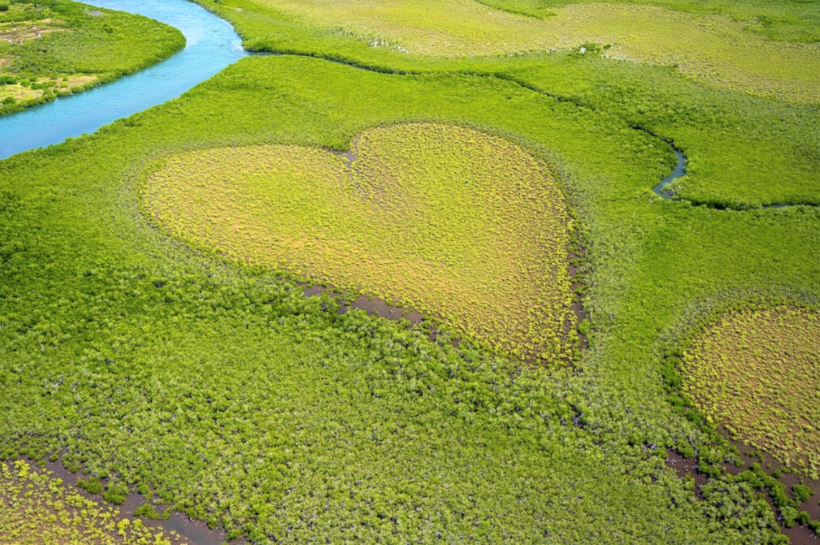It was a long time ago. I still have the sense of wonder [that I felt] when a sensational news story wafted through the media press: “The Earth is alive.” Or, “Our Earth, a living thing.” It was as if someone had seen the moon for the first time.
I couldn’t believe it then, nor can I now, how so many, far too many people could lose themselves in grim isolation. If you open your senses just a little, you must realize that this wonderful being, our Earth, Terra Madre (Mother Earth), is bursting with life. It breathes. It feels. It moves as a blue island through the vastness of the universe. She is beautiful. Majestic. A work of art made of earth and water. Filled and filled with myriads of living beings.
On it the stony splendor of the rocks, the wondrous life of the plants, the magical world of the animals and then – we humans – endowed with the ability of reflective consciousness, the great gift of feeling, the ingenious ability to think, to recognize connections, to learn from the past and to creatively shape the future. Able to recognize our roots in the eternal Now. All this on mother earth. Then how could she not be a living being there?
Even today I wince when I see how carelessly some people treat the earth, which gives us support and ground; that is our spaceship and our home; that connects us with the light of the stars and invites the sun to give light and warmth to life. We, humans, are earthlings. What proof do we need for the obvious?
The Gaia Hypothesis | The Protagonists
Yes, please. Gladly at your service. It was two wild thinkers, both highly decorated with academic honors, who provided proof of the obvious: The earth is a living being, formulated in the “Gaia hypothesis” – named after the Greek earth goddess Gaia.
For once, man first. Jim Lovelock, a Harvard graduate, astrophysicist, engineer, pioneering researcher for NASA. He formulated the outlines of the Gaia hypothesis and provided evidence after evidence. Lovelock lived a long life. Born in 1919, died in 2022, a strong 103 years. July 26 is both his birth and death date.
Lynn Margulis (1938 – 2011) caused disruption in the research world throughout her life with her wild intellectual advances. She joined Lovelock’s side with her work; in private she was married to world-renowned astrophysicist Carl Sagan. Margulis was a microbiologist. Her passion was the “flashes of light of the evolution” and this included the Gaia hypothesis, which she enriched with her views.
The Gaia Hypothesis | The Focal Points
Lovelock and Margulis gathered a wealth of irrefutable evidence that the Earth is a living thing. This evidence revolved around the composition of the atmosphere, the vitality of the water and oceans, the movements of the climate, and most importantly, feedback processes. These enable what is scientifically called homeostasis, the ability to maintain a balance, an equilibrium. This is the only way even drastic changes can be compensated for. This vitality is an expression of life.
Love
All this may be academically interesting, also important, but what is really important is our sentient grasping. Our lived relationship – our love relationship – with this mysterious, grandiose, divine being called Earth. Her patience with us seems infinite. Perhaps it is this very capacity that makes a mother? The ability to love, limitlessly, freed from conditions, flowing from an inner source.
Earth. Beloved earth.
Categories: Ecology and Environment, Humanism and Spirituality, Opinions, and Original Content. Tags: consciousness, Gaia theory, life, love, mother earth










